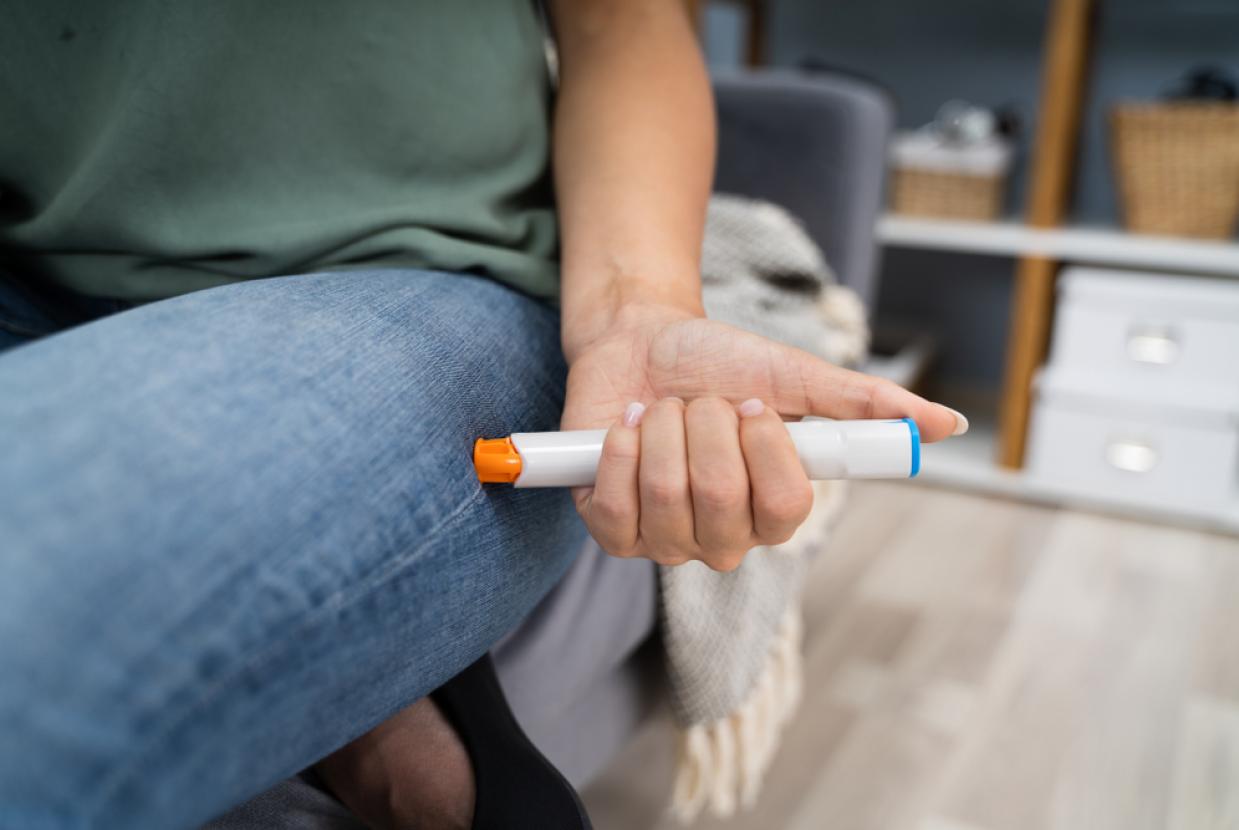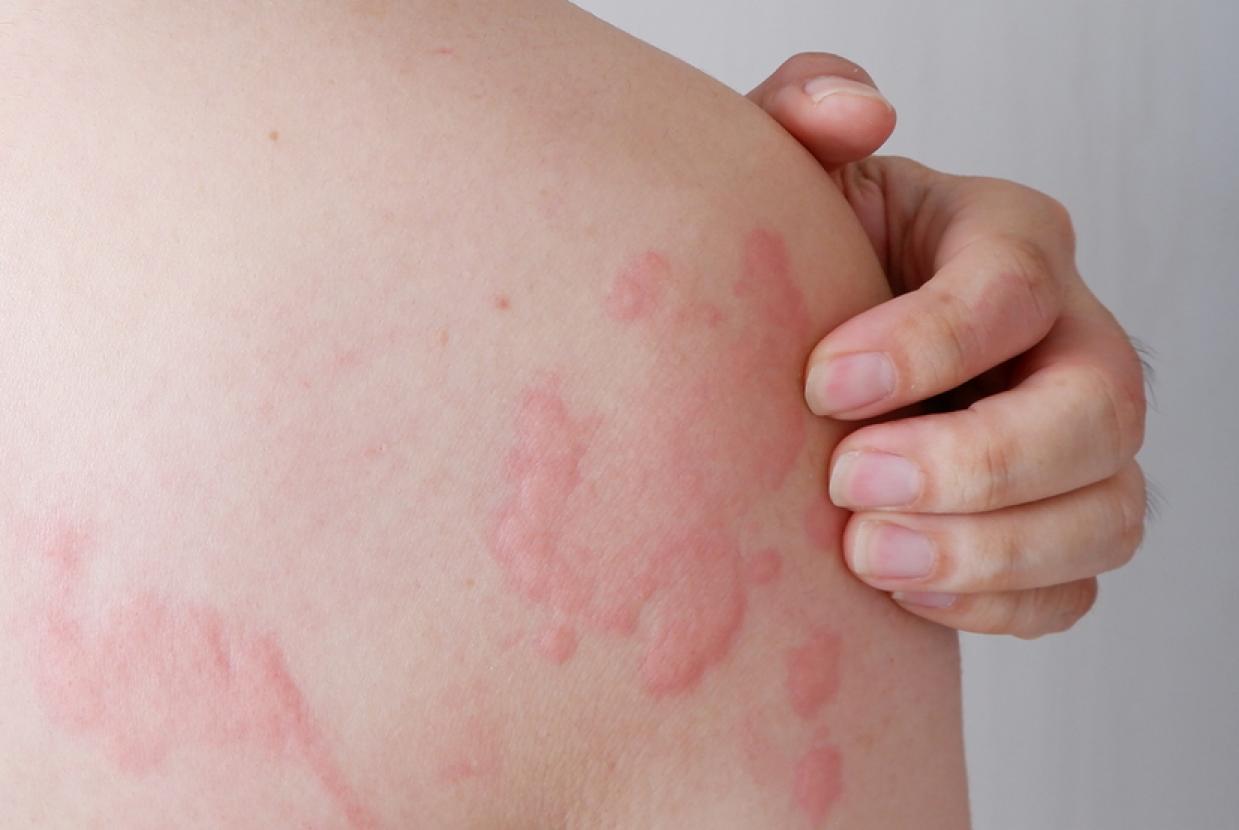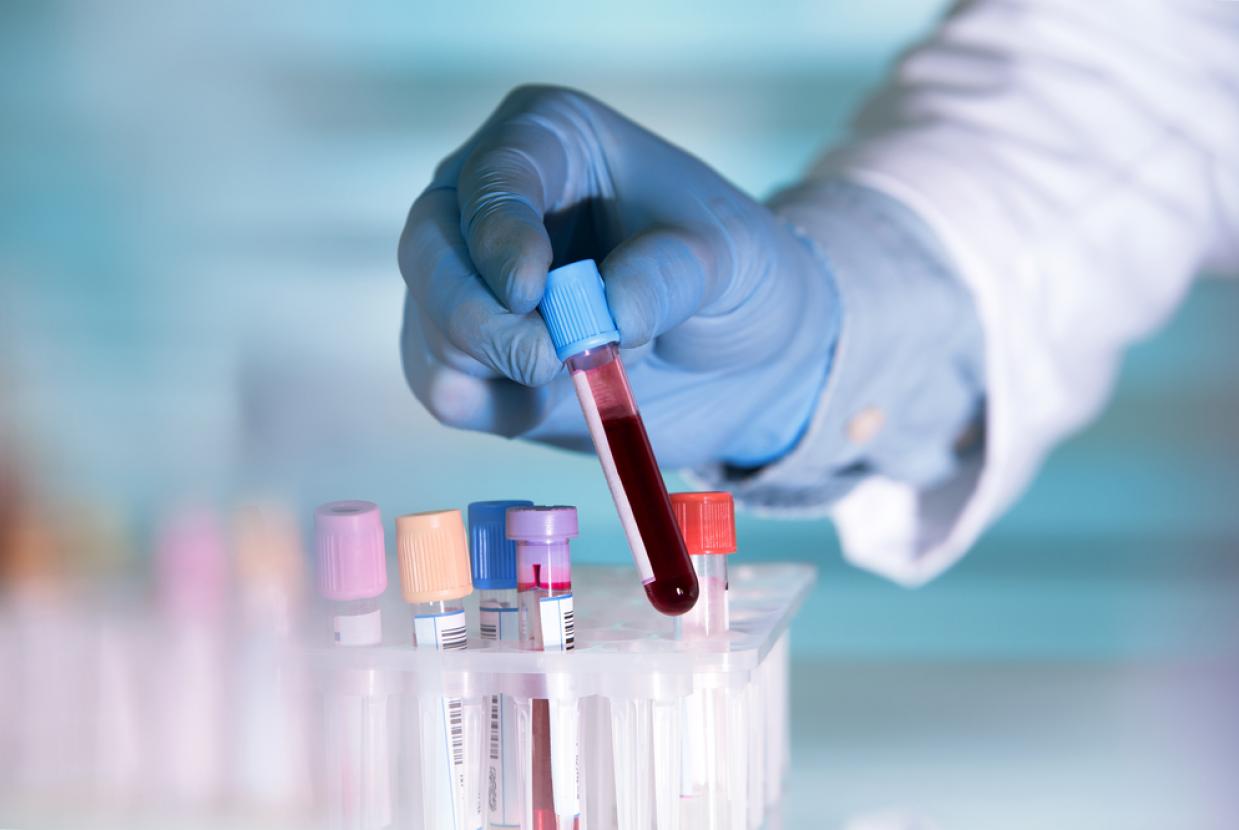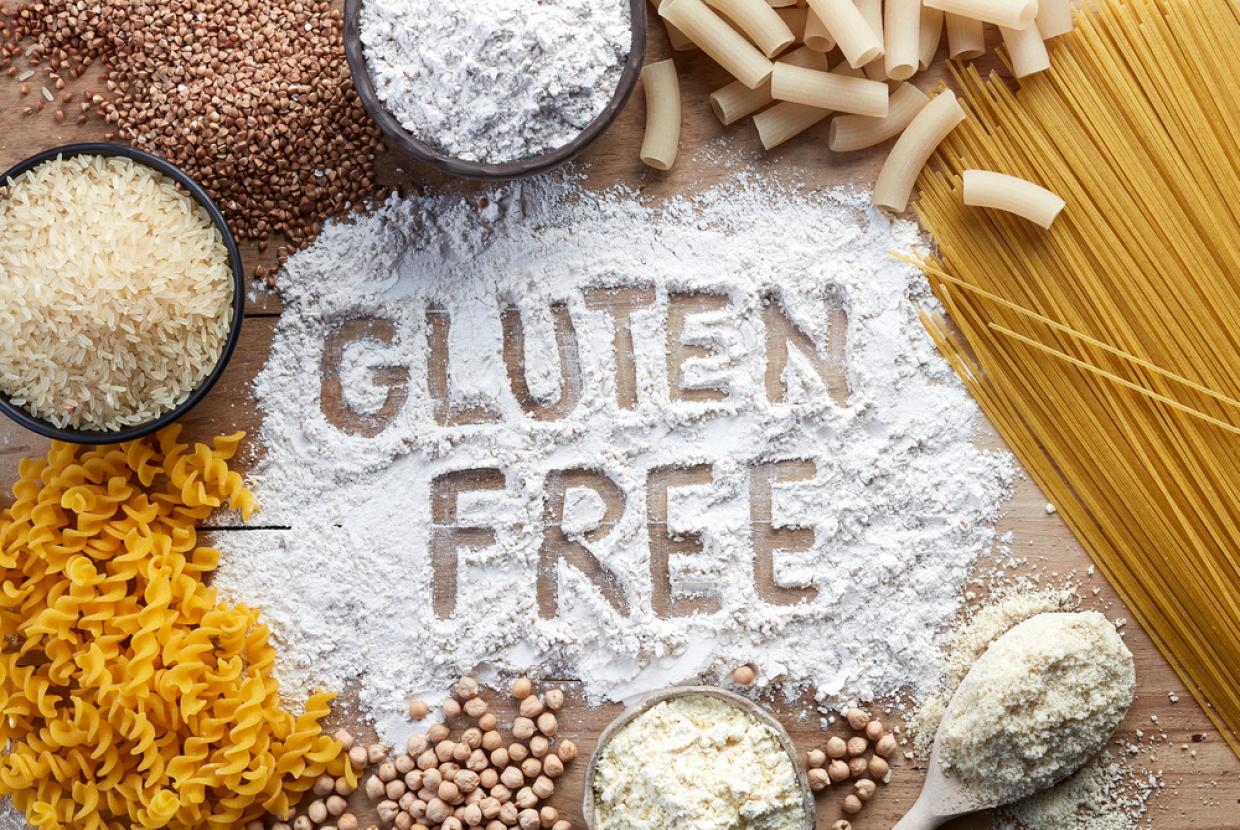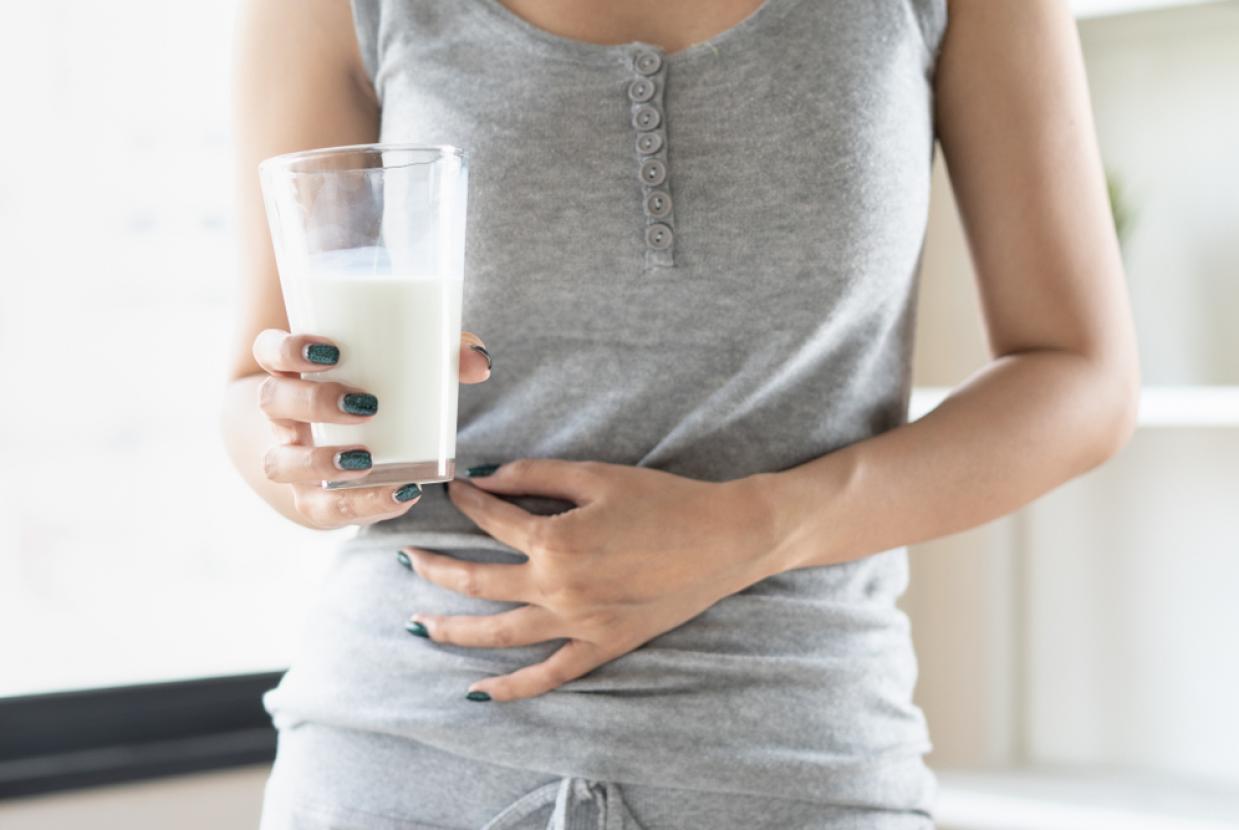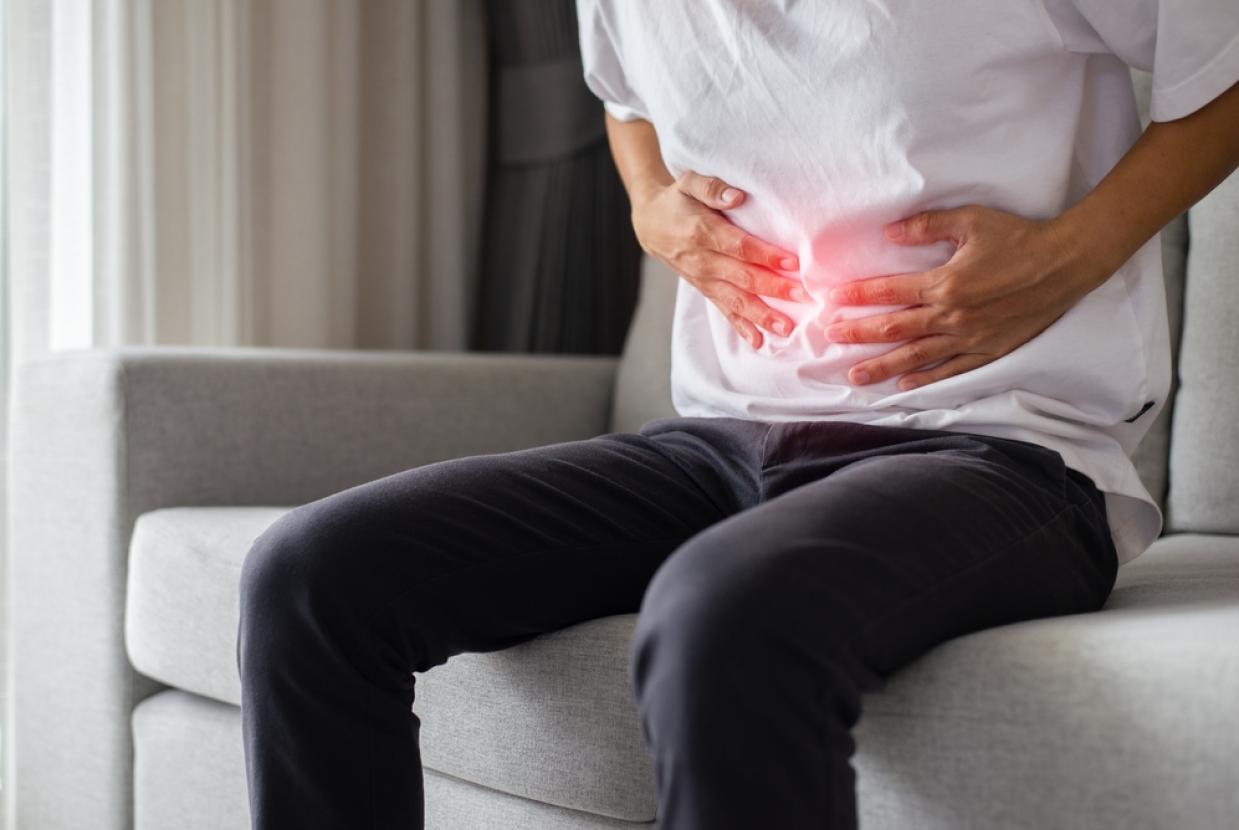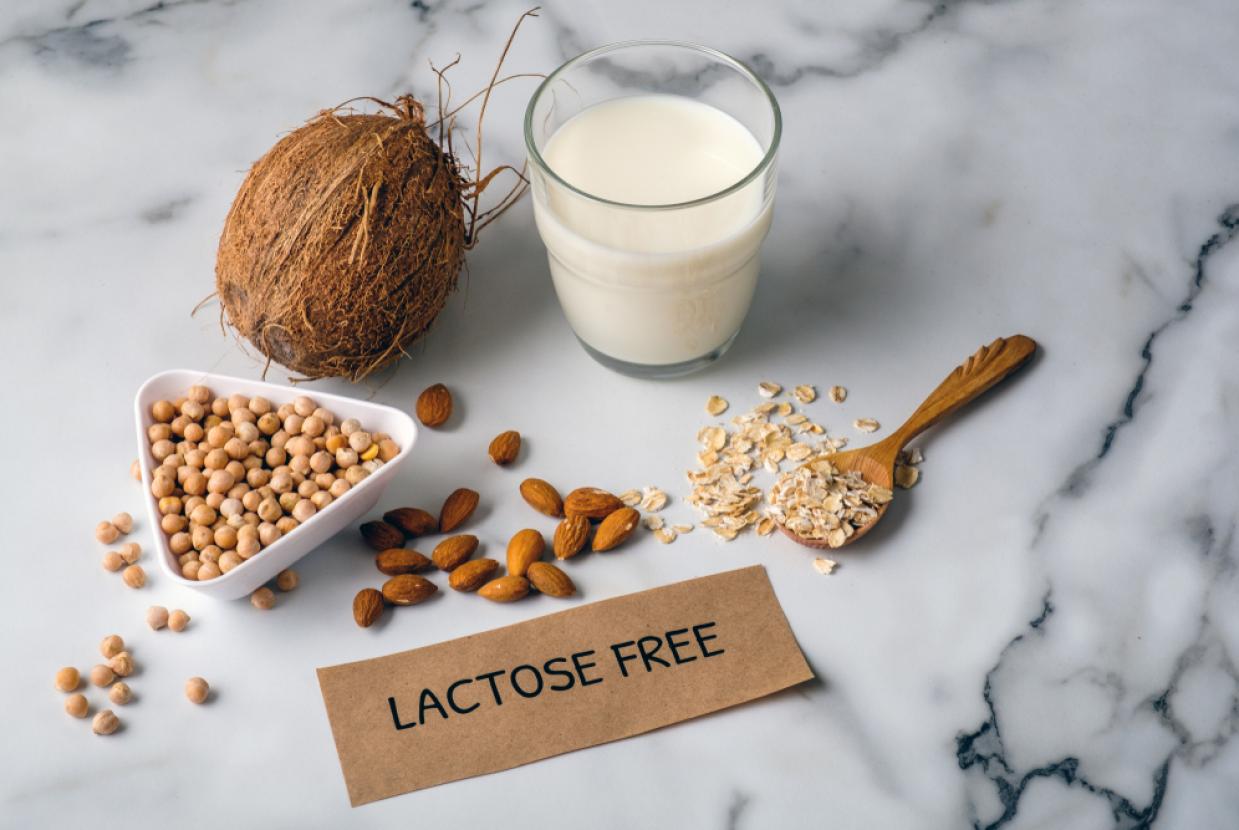Treating An Allergy
There are 2 main types of medication that can be used to relieve the symptoms of an allergic reaction to foods
- antihistamines – used to treat mild to moderate allergic reaction
- adrenaline – used to treat severe allergic reactions (anaphylaxis)
Antihistamines
Antihistamines work by blocking the effects of histamine, which is responsible for many of the symptoms of an allergic reaction. Many antihistamines are available from your pharmacist without prescription – stock up in case of an emergency. Non-drowsy antihistamines are preferred.
Some antihistamines, such as alimemazine and promethazine, aren't suitable for children under the age of 2. If you have a younger child with a food allergy, ask your GP about what types of antihistamines may be suitable. Avoid drinking alcohol after taking an antihistamine as this can make you feel drowsy.
Adrenaline
Adrenaline works by narrowing the blood vessels to counteract the effects of low blood pressure and opening up the airways to help ease breathing difficulties.
You'll be given an auto-injector of adrenaline to use in case of emergencies if you or your child is at risk of anaphylaxis or had a previous episode of anaphylaxis. Read the manufacturer's instructions that come with the auto-injector carefully and train your child how to use it when they are old enough.
Using an auto-injector
If you suspect that somebody is experiencing a severe allergic reaction, call 999 and ask for an ambulance. Tell the operator that you think the person has anaphylaxis. Older children and adults will probably have been trained to inject themselves. You may need to inject younger children or older children and adults who are too sick to inject themselves.
There are 3 types of auto-injectors:
- EpiPen
- Jext
- Emerade
They all work in much the same way. If anaphylaxis is suspected, you should remove the safety cap from the injector and press firmly against the thigh, holding it at a right angle, without using the thumb at the end.
A "click" indicates the auto-injector has been activated, and it should be held in place for 10 seconds. Ensure you're familiar with the device and know the correct end to place against the thigh.
The injections can be given through clothing. This will send a needle into your thigh and deliver a dose of adrenaline.
If the person is unconscious, check their airways are open and clear, and check their breathing. Then put them in the recovery position. Putting someone who is unconscious in the recovery position ensures they don't choke if they were to vomit.
Place the person on their side, making sure they're supported by one leg and one arm. Open the airway by tilting the head and lifting the chin.
Owning an auto-injector
As a precaution, the following advice should be taken:
- Carry the auto-injector at all times or encourage your child to do so if they're old enough. You may be prescribed 2 injectors – check with your GP or the doctor in charge of your care. You may also be given an emergency card or bracelet with full details of your child's allergy and the contact details of their doctor to alert others. They should wear this at all times.
- Extreme temperatures can make adrenaline less effective. Don't leave an auto-injector in places like your fridge or the glove compartment of your car.
- Check the expiry date regularly. An out-of-date injector will only offer limited protection.
- The manufacturers offer a reminder service, where you can be contacted near the date of expiry. Check the information leaflet that comes with the medication for more information.
- If your child has an auto-injector, they'll need to change over to an adult dose once they reach a weight of 30 kilos (4.7 stone). Depending on the shape and size of your child's body, this could be anywhere between the ages of 5 and 11 years old.
- Don't delay injecting if you think you or your child may be experiencing the start of anaphylaxis, even if the initial symptoms are mild. It's better to use adrenaline early and find out it was a false alarm than delay treatment until you're sure your child is experiencing severe anaphylaxis.


